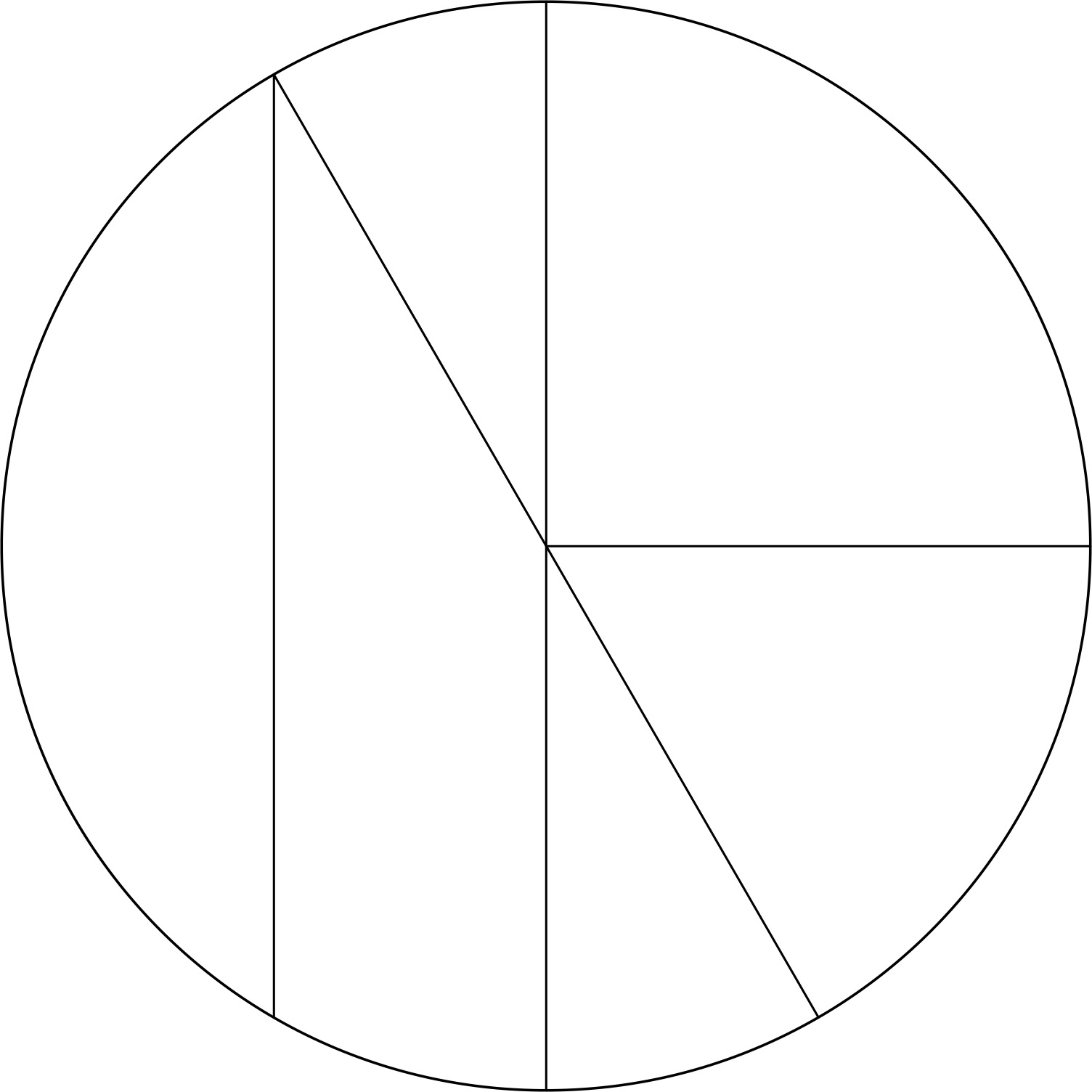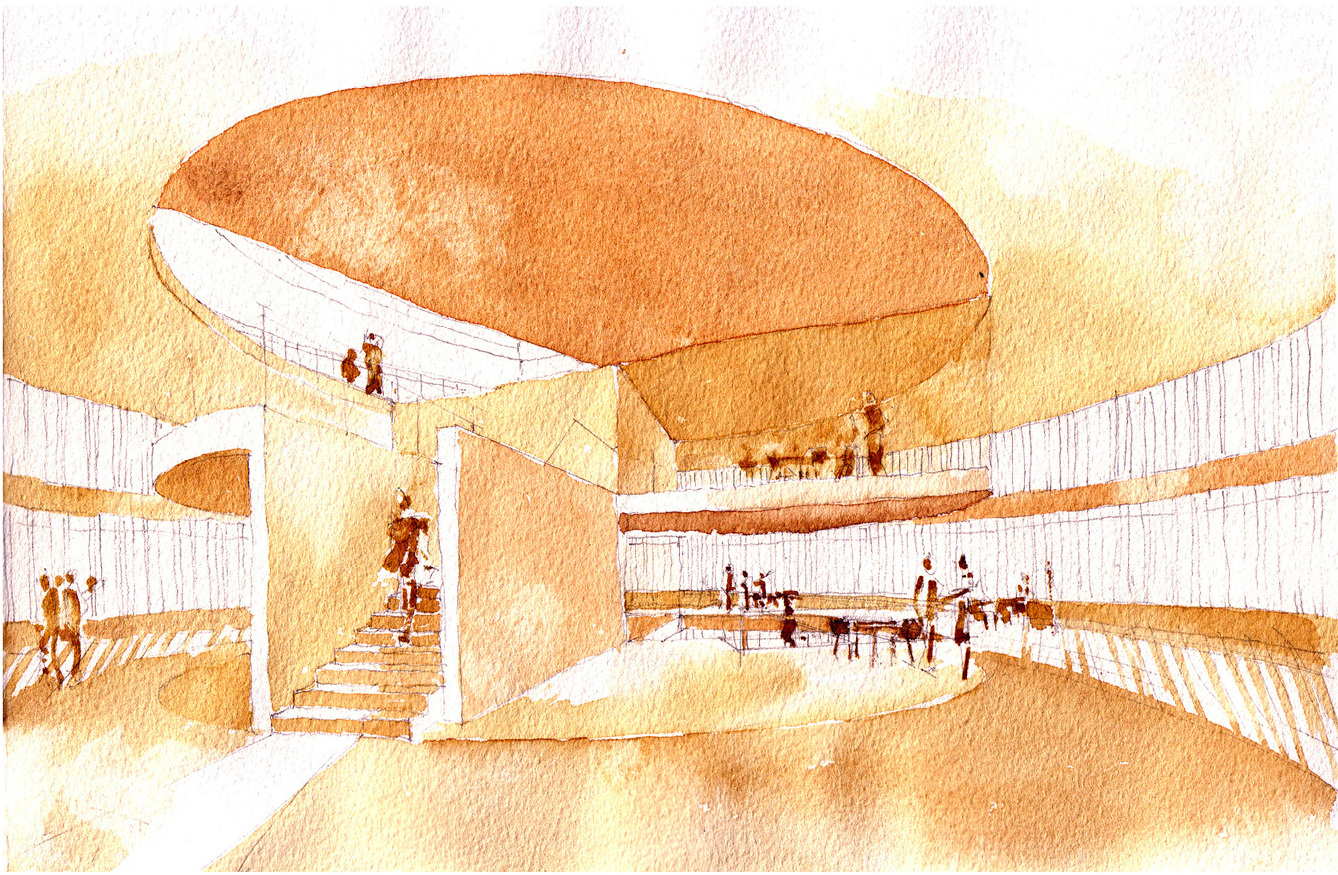
NATHAN ROMERO MUELAS
Architecture
Drawings
Writings
Contact
Manifesto
RETROPROGRESSIVE ARCHITECTURE. A PERSONAL MANIFESTO IN 10 PRINCIPLES
1. Retroprogressive architecture is a two-way road
Or a river that flows simultaneously upstream and downstream. Towards complexity and back to the roots. It is, therefore, radical. Radical comes from the Latin “radix”, roots. Progress in architecture is an illusion, if we don’t simultaneously dive deeper into the origin. A retroprogressive architect has a stronghold both in the past and the future.
2. Walking the threshold
The retroprogressive architect operates between the two faces of Janus, god of thresholds and transitions. Beginnings and ends.
In the retroprogressive threshold, some of today’s tiresome dichotomies are overcomed.
Theory/ practice, phenomenologist/parametric, quantity/quality, old/new. Retroprogressivity means engaging simultaneously these dualities. Which is not the same as staying in the middle. There is no place to be hypnotized by technology, or romanced by grandmas’ kitchen nostalgia. Both coexist inside the retroprogresive architect.
3. Niches are for rodents
Being a retroprogressive architect means avoiding ill ventilated niches. The fallacy of specialization. A specialized architect is a poet that only uses two verbs. A bad poet. A bad architect. We must use the whole gamut of language: numbers, construction, climate, memory…etc.
The quantitative is the lifeline of the mediocre, but also a priceless tool and departing point for the retroprogressive architect. And here is another dichotomy to forget for good: the one that opposes the architect/artist, inspired but irresponsible, to the not so glamorous yet always reliable engineer. The retroprogressive architect will be both an architect and an engineer.
4. Retroprogressive architecture is an inside job
It is never purely objective. It’s stained by, enganged by life. The origin is also biography. It requires to dive within, just like any artist worth its salt would do. Architecture feeds on life, the life of the architect.
(Aldo Rossi´s “Scientific Autobiography” remains for me, an excellent treaty on architecture).
There is not such thing as collective architecture, or anonymous architecture. We simply forget the names of many of the best, or make generational, or national rankings, top tens, top hundreds, etc. This is all irrelevant in the long run: retroprogressive architecture remains, like any art, the art of the few. (For the many, needless to say.)
“WHAT I CALL INTUITION IS NOTHING THAT COMES FROM THE ABSOLUTELY ABSTRACT. INTUITION APPEARS AS A FUNDAMENTAL POSITIVE ELEMENT WITHIN THE PROCESS OF INVENTION, WHAT WE COULD CALL THE CREATIVE PROCESS, WHICH SUMMONS UP JUST WHAT IT MUST. BECAUSE EACH OF US CHOOSES HIS OWN MEMORY AS A MEAN OF KNOWLEDGE, AND INTUITION IS BASED ON THAT: CHOOSING THE RIGHT MEMORIES”. (Paulo Mendes da Rocha).
5. Between interdisciplinarity and alchemy
The retroprogressive architect welcomes interdisciplinarity. His brain is interdisciplinary, that is, cultivated. Retroprogressive alchemy happens within each architect. The elaboration of all data and input from many disciplines and experts belongs to the essence of our job. We will need many heads and many hands, but no committee can conjure up architecture.
6. Heavenly rooted
We are moved by an architecture that is not linked to particular techniques, brands, and adjectives. The one that takes us back to a place where space affected us in a non-mediated way.
(The first time we entered a central train station, or moving about the house in the twilight, after the summer storm killed the electric supply).
Retroprogressive architecture has to do with logos as much as with mystery. The marriage of technique and mystery is retroprogressive. Paradoxically, modern science has not killed the enchantment, but keeps opening windows to the mysterious.
7. Calling the bluff of the new
The retroprogressive architect mistrusts the new when it doesn’t go hand in hand with intensification of the timeless. There is only the new/old, that which succeeds in staying out of time.
Novelties, like revolutions, are just not very resilient, to use a verbal novelty. And normally hide a mere business strategy.
We are interested in the new that the old contains, in the old that breathes through the new.
The jury that has just awarded the Venice Biennale Golden Lion to Paulo Mendes Da Rocha, states:
“The most striking attribute of his architecture is its timelessness. Many decades after being built, each of his projects have resisted the test of time, both stylistically and physically. This astonishing consistency may be the consequence of his ideological integrity and his structural genius. He is a nonconformist challenger and simultaneously a passionate realist”.
8. To be retroprogressive means to be critical
For us, the whole history of architecture is contemporary. And that’s why we demand from the architect what only he can give us: criteria. To separate the wheat from the chaff.
In web publishing, for instance, the critical filter is disappearing, projects are published without any editorial sense. Web based architectural prizes and competitions are mostly a joke, easy business (with high participation fees), that work exactly like Eurovision, by number of clicks. Maybe classic magazines like L'Architecture d'aujourd'hui, El croquis, Arkitekten, represent a concrete, limited point of view, but it is at least a point of view.
This situation demands from us a new awareness, more critical than ever. Not all that is important makes the new rankings. But most importantly, much of what makes these rankings is rubbish. Retroprogression asks for a new scrutiny on quality: architecture is still the art of the few. (And again, needless to say, for the many.)
9. Sweating out the cool
The retroprogressive architect strives to master the game of sprezzatura, the cool. Necessity is often at the origin of beauty. But the effort of function must be sublimated, expressed by architecture.
Today we are interested by process in architecture. But once the retroprogressive project is done, the countless workshops, brainstorms, idea-boards, picnics of citizen participation…etc., should be kept in a private drawer. If only because these procedural steps, necessary or not, will not ensure success.
Retroprogressivity overcomes the necessary frictions and efforts to give us naturalness.
I imagine countless hours of exercises, sweating, failed repetitions, in a recording of Sinatra, in a project of Siza. Think of the misleading simplicity of Da Rocha’s plans and sections. Easy. They are “naturals”.
These retroprogressive princes give us the synthesis, and keep the sweat for themselves. They stay cool.
10. Towards the end of adjectives in architecture
The retroprogressive architect is weary of architecture with adjectives. Passive, social, minimal, sustainable, collective, parametric, female, brutalist. If it has any value, it will deserve only one adjective: retroprogressive.
Or better even: none. Just architecture.
(We owe the concept to the philosopher Salvador Pániker (“Aproximación al origen”, 1982). In architecture, the concept is a bit younger. It dates from the creation of our practice, a few years back.)
